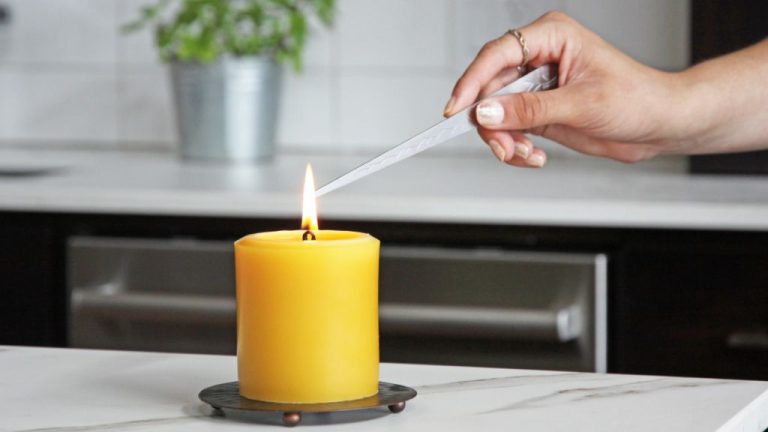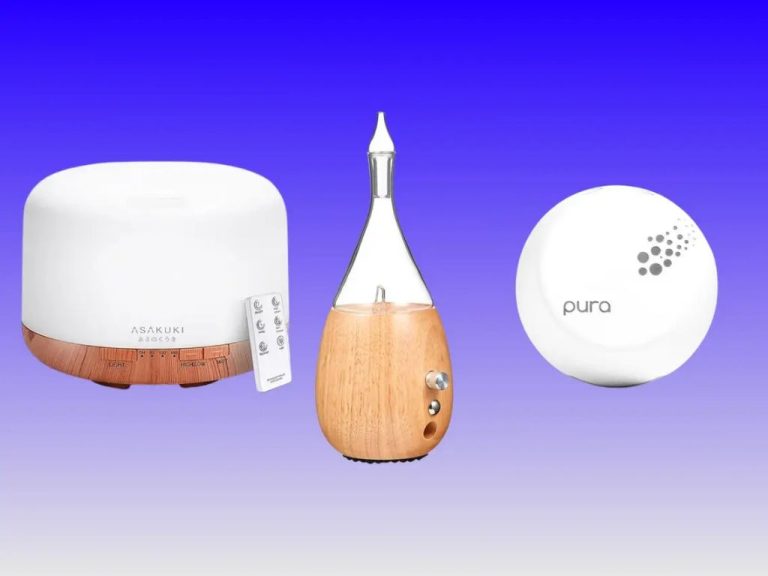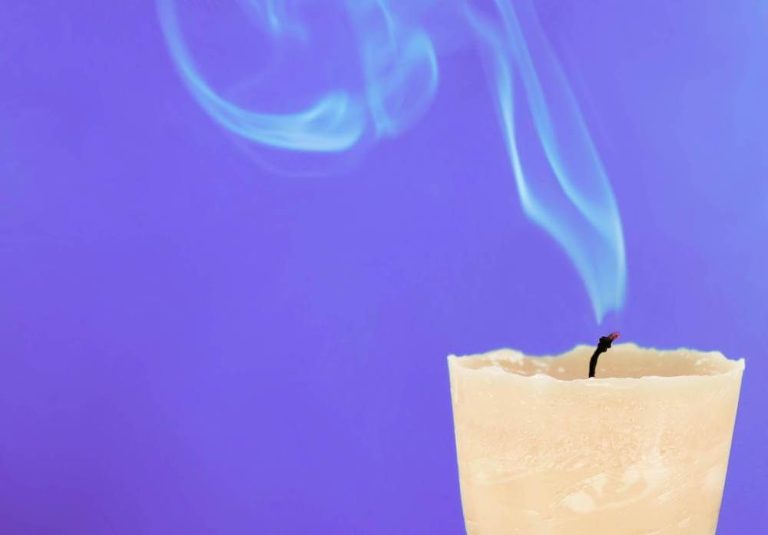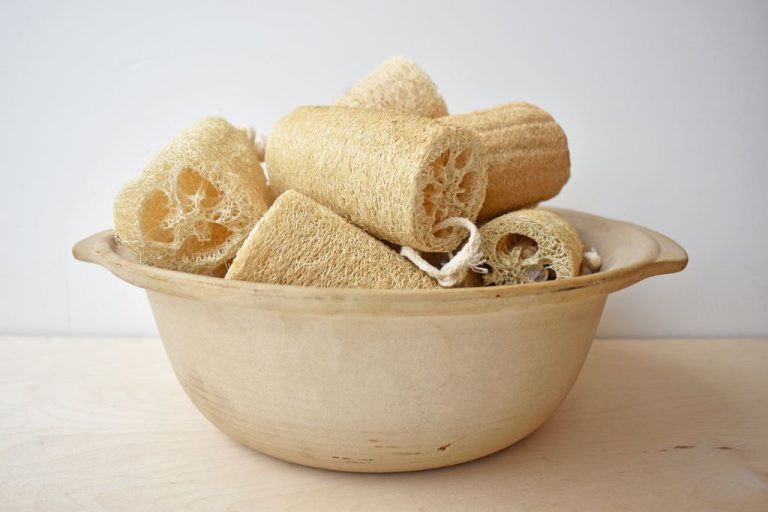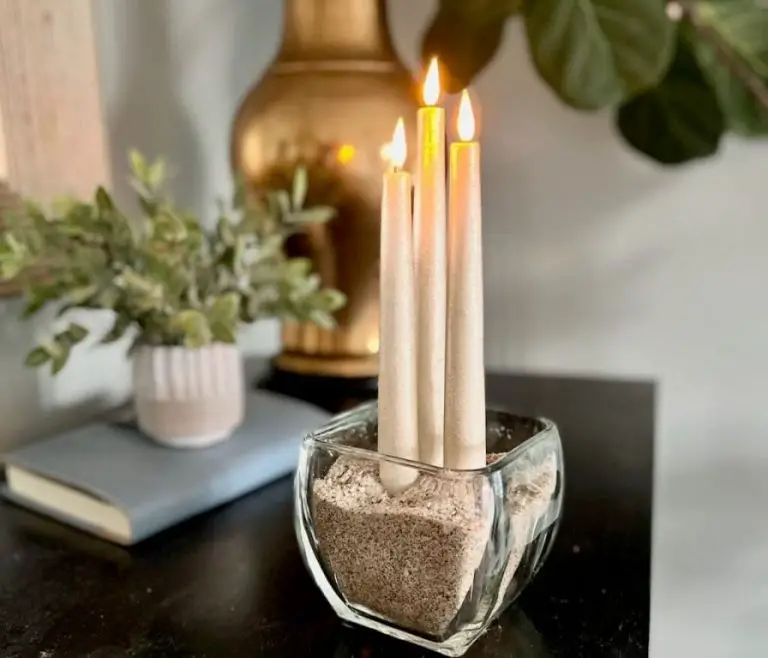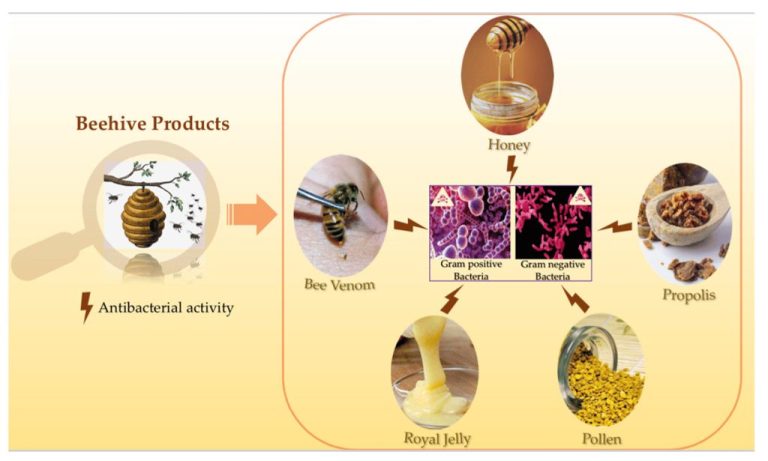Why Are Candles So Expensive?
Candles have become a common household item and popular gift idea. However, when shopping for candles, many consumers are surprised by the relatively high prices compared to other common household goods. This leads to the question – why are candles so expensive? In this article, we will examine the various factors that contribute to the pricing of candles in today’s market.
Raw Materials
The raw materials that go into making candles can be more expensive than what’s used for common household items. The primary ingredients in most candles are wax, fragrance oils, and wicks.
Paraffin wax is the most commonly used candle wax. It comes from petroleum refining, so its price depends on crude oil costs. There are also natural waxes like soy, beeswax, and palm wax. These cost more than paraffin since they require harvesting from agricultural sources.
Candle fragrances are concentrated oils blended from natural and synthetic aromatic compounds. These complex proprietary oil blends are more costly to develop compared to basic scents used in soaps or air fresheners.
Finally, wicks are typically made from braided cotton or paper fibers. While not expensive themselves, high-quality wicks are essential for proper candle burning and can represent a significant materials cost.
In contrast, common household items like tissues or plastic cups are made from very inexpensive raw materials like paper pulp or polypropylene plastic. So the base materials for quality candles are intrinsically more expensive than other everyday items.
Labor
Making candles is an extremely labor-intensive process that is done primarily by hand (https://craftybase.com/blog/how-to-calculate-your-handmade-labor-costs). Each candle requires multiple steps – melting wax, adding fragrance, pouring, setting wicks, smoothing tops, etc. This hand crafting makes candle making much more time consuming than comparable manufactured goods. According to some estimates, it takes around 15-30 minutes of labor to make a single 8 oz candle (https://homesteadsparkle.com/candle-making-cost-and-pricing/). This level of manual labor significantly increases costs compared to mass produced candles or other goods.
The labor involved in making candles is more intensive than many other handmade items. For example, labor is estimated at only 5-10 minutes for a crocheted hat versus 15-30 minutes for a hand-poured candle. The repetitive process of candle making also leads to higher costs than woodworking or metalworking, where pieces are more custom. The hands-on nature of candle making means pricier labor is baked into each candle.
Small Batch Production
Many candles are made in small batches versus mass production. This limits economies of scale and increases per unit costs. According to a Reddit discussion on why mech squonkers are expensive, “Economies of scale apply to a variety of organizational and business … Also small batch production, cost is amortized over smaller runs.” [1] Small batch production is common in the candle industry since many companies focus on artisanal, custom, or high-end candles. Producing candles in small batches allows for flexibility, customization, and introduces scarcity that adds to the perception of luxury. However, it increases labor and material costs per unit. These extra costs get passed onto consumers through higher retail pricing.
Testing & Quality Control
Candle makers rigorously test for safety, scent throw, burn time, and more, which adds costs. Quality control testing is crucial to ensure candles meet industry standards and function properly, though the testing equipment can be expensive. As The Ultimate Quality Control Checklist for Scented Candles notes, “Perform fragrance testing on a sample of the candles to ensure that the fragrance meets the desired consistency.” Further, according to the report Candle Quality Control, “You will need to make a decision as to whether the more expensive equipment is worth the price.” The rigorous testing candle makers undertake increases costs but is necessary to produce safe, high-quality candles.
Branding & Packaging
One of the main reasons that luxury candles are more expensive than generic brands is the cost of packaging and branding. Luxury candle brands put a lot of emphasis on creating distinctive, upscale packaging that helps justify the higher price point. This includes using premium materials like etched glass, pewter lids, and attractive gift boxes or sleeves. The packaging is designed to look elegant on display and reinforce the sense of luxury. Branding and package design is a major investment that generic candle brands do not make.
There are significant costs involved in custom packaging design and production. The molds, dies, and setup involved in making custom glass vessels or other candle holders is very expensive. There’s also the branding cost of custom labels, sleeves, boxes, and any other decorative touches that complete the look. All of these branding elements communicate quality and artisan craftsmanship to the customer. They support the higher pricing and value perception that luxury candle brands aim for.
In contrast, generic candles often use very simple, generic containers and basic labeling to keep costs down. This results in a very different customer perception and shopping experience. The luxury candle packaging aims to delight and inspire customers to purchase, while generics focus mainly on being low cost. This branding and packaging difference is a fundamental factor in why luxury candles command premium prices compared to generic options.
Retail Markups
Candles tend to have higher retail markups compared to many other consumer products. According to industry sources, most retailers aim for 100-200% markup on the wholesale price when selling candles. This means if a retailer purchases a candle for $10 wholesale, they will sell it for $20-30 retail. The typical retail markup for candles is around 150%.
There are several reasons retailers can get away with such high markups on candles:
- Candles are an affordable luxury/gift item that consumers are willing to pay more for.
- They are small and easy to store/display in stores.
- High markups allow retailers to discount candles on promotion while still making a profit.
- Candle pricing is not always transparent. Consumers may not know the wholesale cost.
- Candles are competitively priced with each other within the same retail space.
The high retail margins mean more potential profit for retailers. However, it also drives up the final cost to consumers. Next time you buy a candle, remember that over half the purchase price may be the retailer’s markup.
Comparable Pricing
When comparing the pricing of luxury candles to other household and decorative items, the costs are quite comparable. Luxury scented candles often retail between $20-50 for a single candle. This is similar to pricing for other household accents like decorative pillows, artwork, flower arrangements, or high-end bath products. For example, a soft throw pillow from Restoration Hardware may cost $40-60 and a bouquet of fresh flowers can easily top $50 from a florist. Compared to other luxury self-care and home products, quality candles are reasonably aligned in pricing.
Premium candles also compare well when evaluating pricing per use. A high-end $30 soy candle may provide 50 hours of burn time, working out to approximately 60 cents per hour enjoyed. A scented candle can provide ambiance and relaxation for weeks to come. When factoring in usage, longevity and performance, luxury candles deliver significant value comparable to other home products that don’t necessarily provide recurring experiences after the initial purchase.
Luxury Positioning
Many candles marketed as home decor/luxury/gift items vs necessity. Allows premium pricing.

Candle companies position their products as decor, luxury, aromatherapy, etc. rather than a basic necessity. This allows them to charge higher prices than just a plain candle. People are willing to pay more for a scented or ornamental candle that provides an ambiance or experience.
Candles from high-end brands like Diptyque, Jo Malone, and Nest are seen as indulgences and luxury products. Their beautiful packaging and proprietary scents contribute to the perception of exclusivity and quality. This justifies their premium pricing.
Gift-quality candles tend to cost more because they are designed to look nice and come in decorative vessels. Companies can charge more knowing that consumers are willing to spend more for giftable, visually appealing candles versus basic emergency candles.
Votive and pillar candles from Anthropologie, Illume, and other brands marketed as home decor sell for $10-$30. Plain paraffin pillars would likely sell for under $5. Companies bank on consumers’ willingness to pay for aesthetic appeal.
In the end, a candle’s positioning as decorative, experiential, or giftable allows retailers to command higher prices than no-frills emergency candles. The luxury marketing and appeal to the senses draws consumers to pay premium prices.
Conclusion
In summary, there are several key factors that contribute to the pricing of quality candles. The raw materials used, including wax, fragrance oils, wicks and dyes, along with the labor involved in small-batch handmade production, necessitate a higher retail price than mass-produced products. Extensive testing and commitment to quality control further add to costs. Attractive branding and packaging also play a role for artisanal candle makers aiming to position their products as premium.
While the sticker price of an artisanal candle may seem high compared to generic store-bought options, keep in mind you are paying for a hand-poured product made ethically with top-notch ingredients. The superior scent throw, clean burn and elegant packaging also offer excellent value. When viewed as a decorative item or luxury accessory for your home, rather than just a utilitarian light source, the nuanced sensory experience an artisanal candle provides is comparable to other high-end household goods and furnishings.
In short, the pricing of quality candles reflects the care, craftsmanship and creativity involved in their production. For candle enthusiasts, the lyrical scents, elegant vessels, and warm, even burn are worth the investment.

